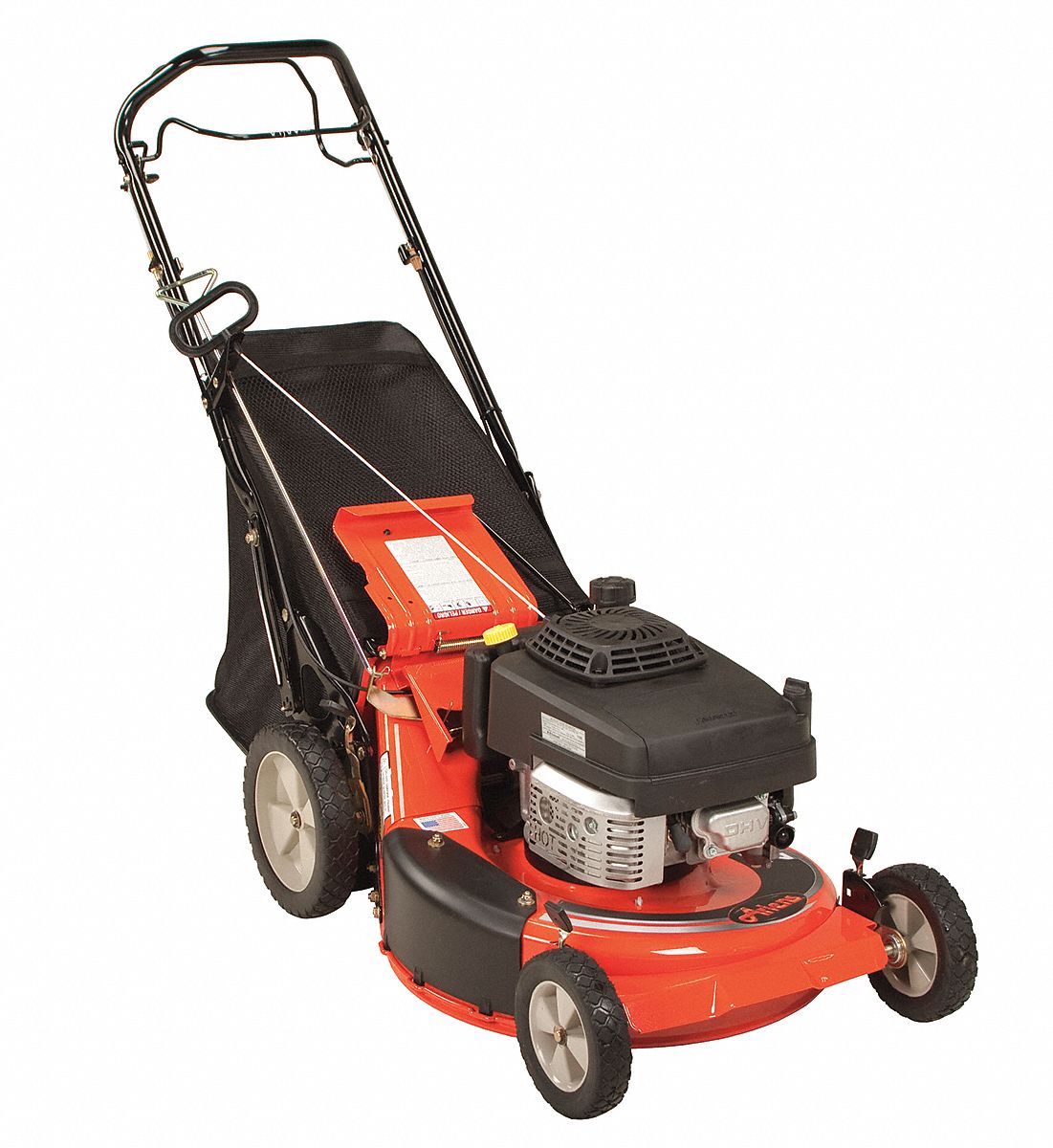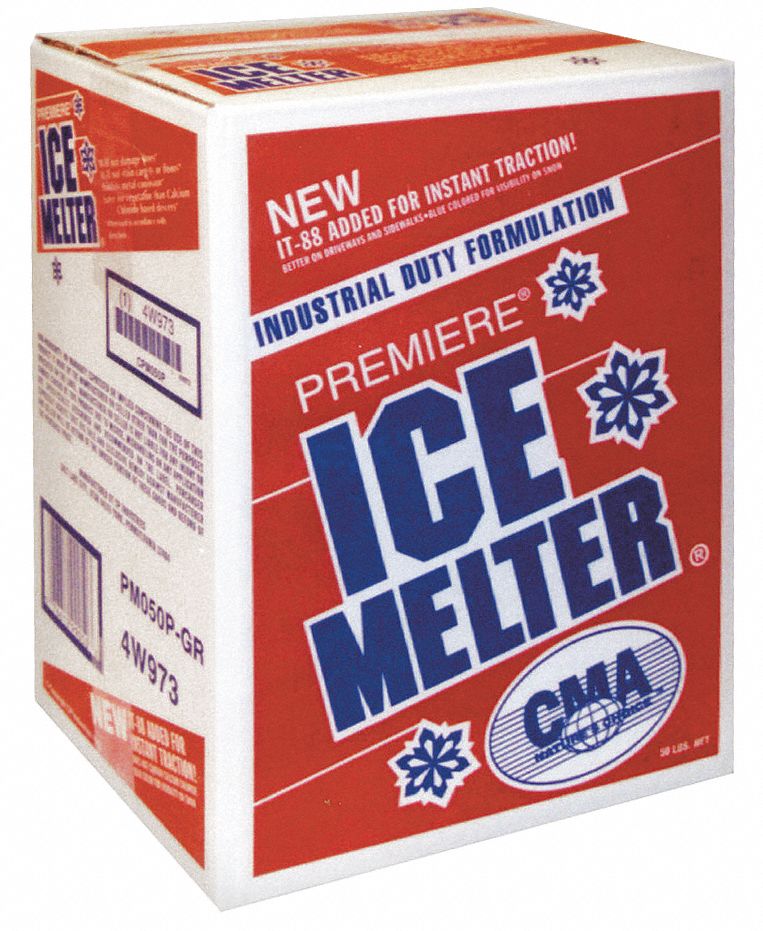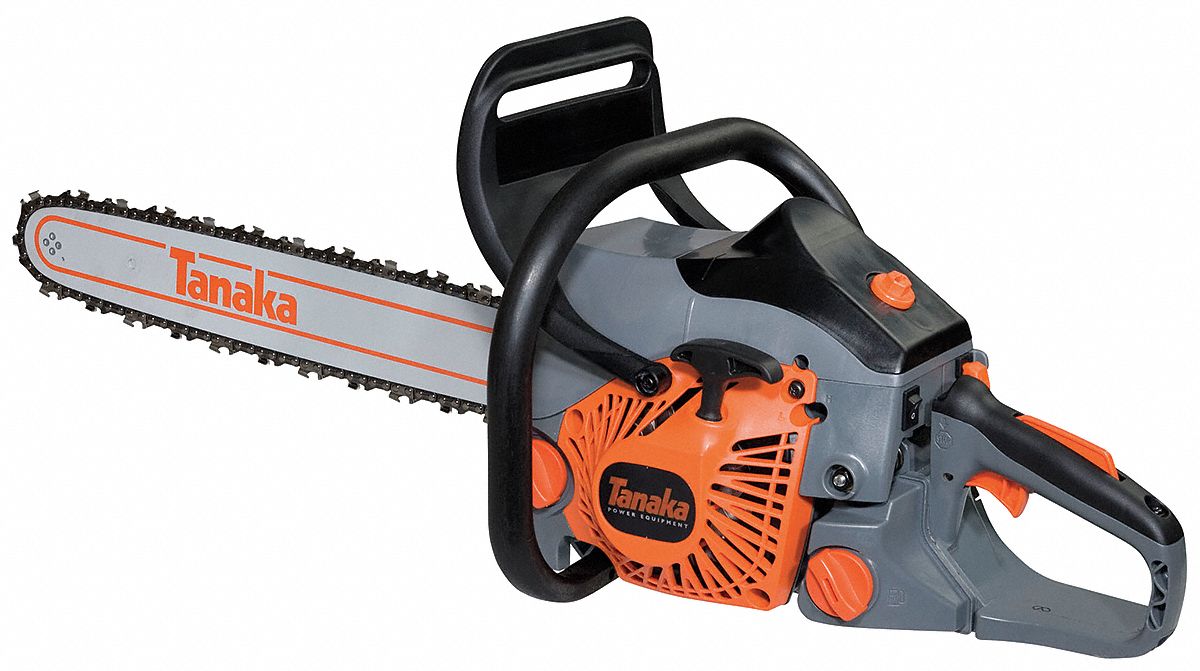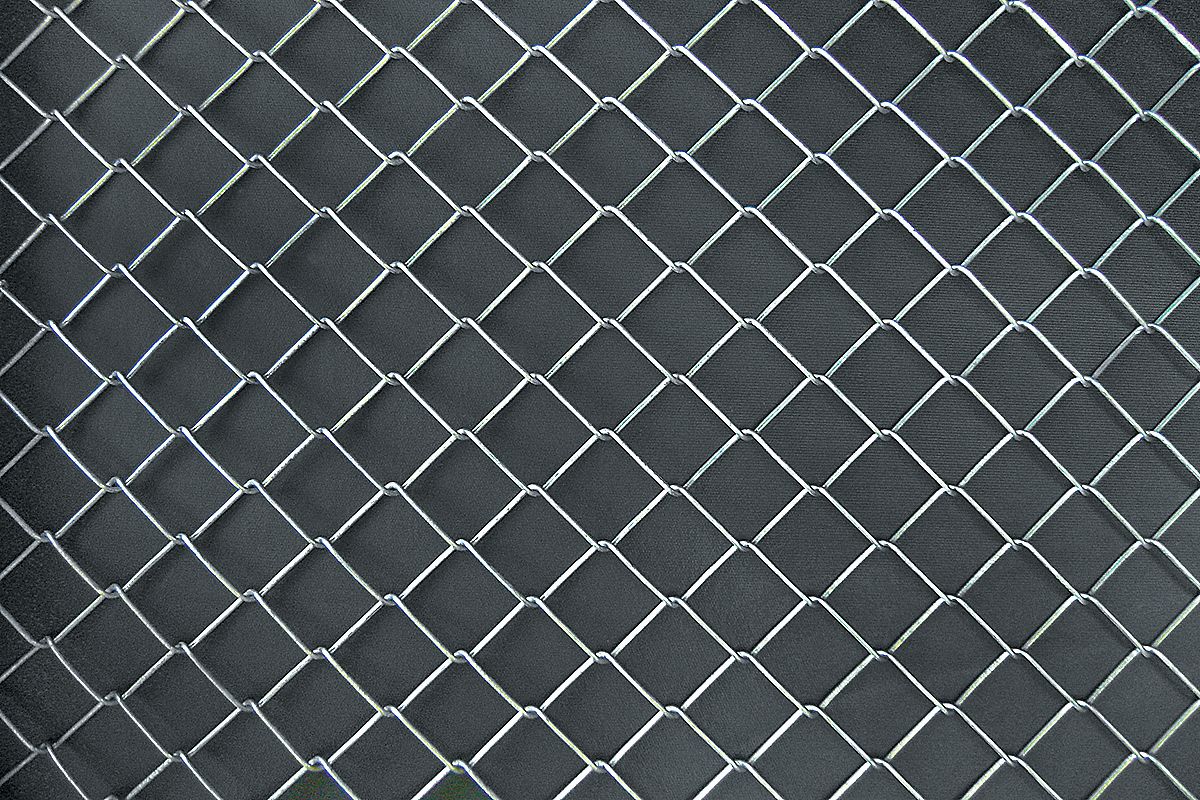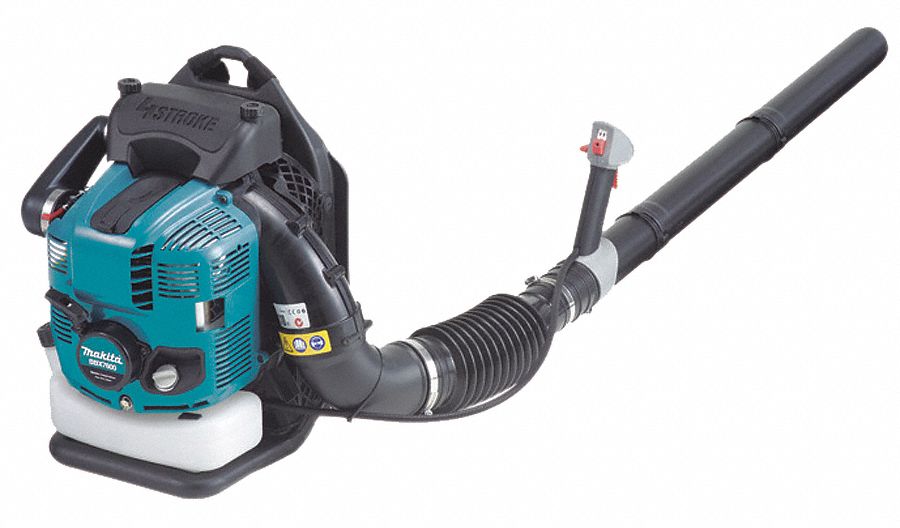

The Building Envelope: Roofing Inspection and Maintenance
By Grainger Editorial Staff 10/11/21


The term building envelope refers to anything on the outside, or shell, of a building or facility that protects the interior from the elements. A building envelope comprises the roof, siding, windows and doors, insulation and foundation. For the building envelope to do its job, every piece must be inspected and maintained regularly.
Prioritize Roof Inspection and Maintenance
Depending on where your facility is located, one of the more hard-working and vulnerable parts of the building envelope system is the roof. Each year, your facility's roof can take a beating from driving rain, heavy snow, strong winds or temperature shifts of extreme cold to extreme heat. While buildings in some climates may only have to withstand one or two of these harsh weather elements, other climates deliver on all of them repeatedly.
Left unaddressed, roofing issues can have a costly impact on your business. According to FM Link, roof replacement can cost tens of thousands of dollars depending on the size of your facility. Even damaged roofing material caused by long-term leaks can require expensive patching. Roof leaks and failures also come with operational costs such as damage to interiors and equipment, or even temporary operation shut downs.
According to FM Link, regular commercial roof maintenance and inspection can save you as much as 50 percent over the life of a 30-year roof, when compared to replacing it every 15-20 years. It's essential no matter where your building is located that you develop a regular inspection and maintenance plan to locate and address any problems early before they can cause long-term damage.
Inspect Your Roof for These 7 Common Problems
Commercial roofing inspections should happen at least twice a year, and should be planned for just before and after winter, or when weather is most extreme in your climate. The goal of the inspection is to review the roof’s overall performance compared to a new roof and consider any improvements that can be made to return it closer to optimum performance. The plan, and any findings from each inspection, should be fully documented and discussed with other members of your facility team to prioritize repair. These common signs of failure can indicate a problem with your roof.
1. Leaks: Leaks can be caused by a number of problems including cracks and blistering, open seams and other small holes in the roof material. A leak can also be caused by clogged drainage systems or weathering. A leak is often the sign of longer-term damage and may require more substantial repairs.
2. Cracks: Cracks in the top or entire roof surface can lead to immediate leaks and failures. Cracks can splinter into much larger “alligator cracks” or cracking that spreads into patterns resembling reptile scales. These larger cracking patterns can compromise a roof membrane and require costly replacement. Cracks can be recoated to limit damage to the roof.
3. Flashing and Seam Failure: Flashing connects your roof to walls and pipes and is designed to keep water from entering the roof. Both flashing and seams in your roof material can fail over time, leading to roof damage. If you have standing water or drainage problems on your roof, flashing and seams can also fail. Inspections should look for signs of corrosion or gaps in seams and flashing which need to be immediately repaired.
4. Detachment: Areas of your roof can detach entirely during high winds or when roofs use improper or old materials. According to FacilitiesNet, detachment can cause a tear in the membrane that can eventually lead to leaks or failure. Sections of roof with detached material can be patched or replaced entirely.
5. Blisters: According to The International Association of Certified Home Inspectors, roof blisters are often formed from a combination of excessive heat and poorly ventilated roofing systems. While swelling alone does not mean a leak, it can lead to significant damage, or cause the roof to deteriorate prematurely. If a blister migrates to a seam or breaks open, it can allow water to seep into the roof and cause a leak. Blisters can also expand and contract during extremely hot or cold weather, causing more damage.
6. Corrosion: Because roof materials are constantly exposed to the elements, metal fasteners and flashing will eventually corrode. Once these metal materials fail, water can seep in around seams or fasteners and cause more extensive roof damage. Inspections should look for any signs of failing fasteners or flashing and replace them.
7. Weak seams: Items placed on or around a roof, such as parapet walls, elevator shafts or HVAC units can be sources of leaks that can silently deteriorate a roof. According to FacilitiesNet, inspecting the entire roof, including areas such as masonry and drainage systems, can give you a better picture of potential leaks or damage. These features can allow water to seep in through open vents or gaps, eventually causing the roof material to fail. Your maintenance program should factor in the unique construction, design and features of your roof to make sure that you catch potential causes of future issues not related to roofing material or age.
Learn more about Grainger’s building envelope solutions and roofing supplies.
The information contained in this article is intended for general information purposes only and is based on information available as of the initial date of publication. No representation is made that the information or references are complete or remain current. This article is not a substitute for review of current applicable government regulations, industry standards, or other standards specific to your business and/or activities and should not be construed as legal advice or opinion. Readers with specific questions should refer to the applicable standards or consult with an attorney.

